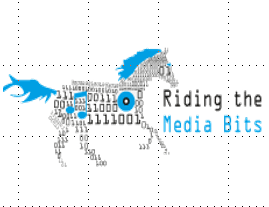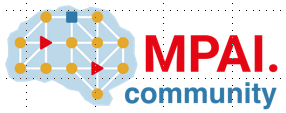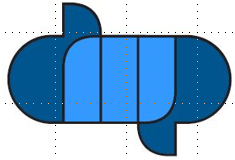Does success breed success?
Introduction Most readers will answer yes to the question asked in the title. Indeed, very often we see that success of a human organisation breeds success. Until, I mean, the machine that looked like it could produce results forever “seizes”. But don’t look elsewhere for the causes of failure: it's not the machine, the causes are humans inside and/or outside. In an age when things move fast and change, MPEG has been in operation for three decades. Its standards have…
















